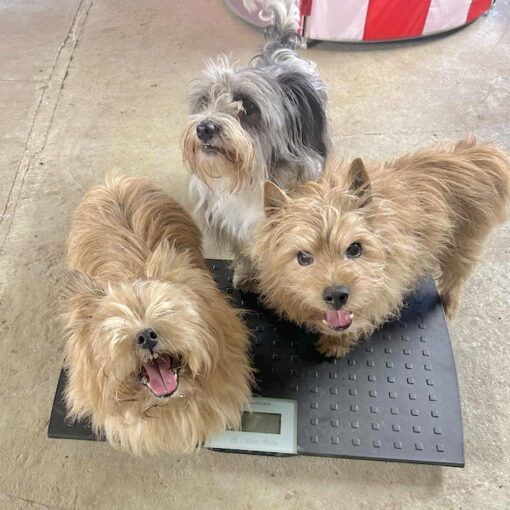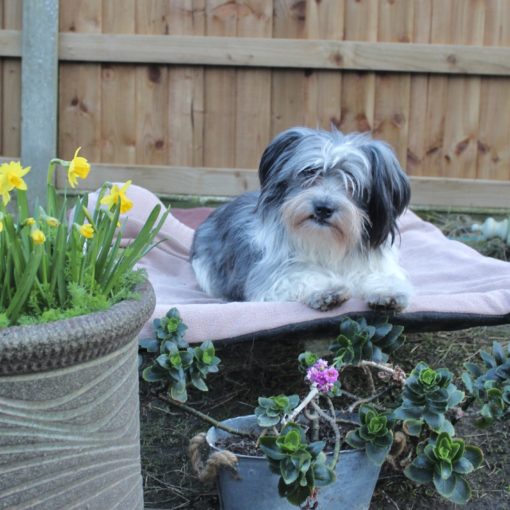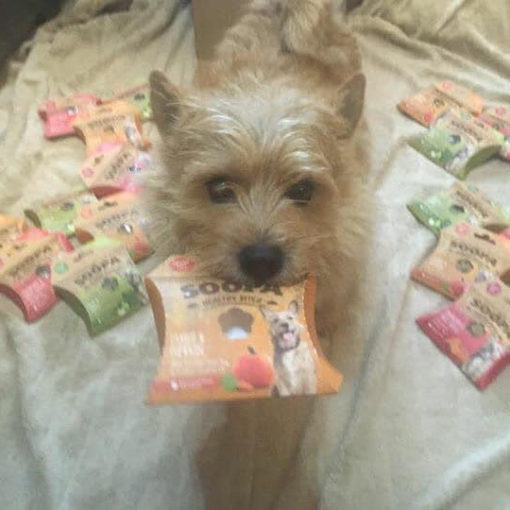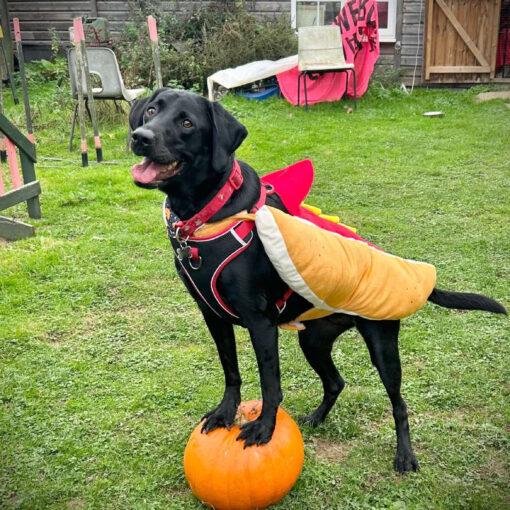The U.K. has weather warnings for these next few days so it’s a great time to help support you and your dogs on their walks! This blog focuses on Snow and Ice mostly.
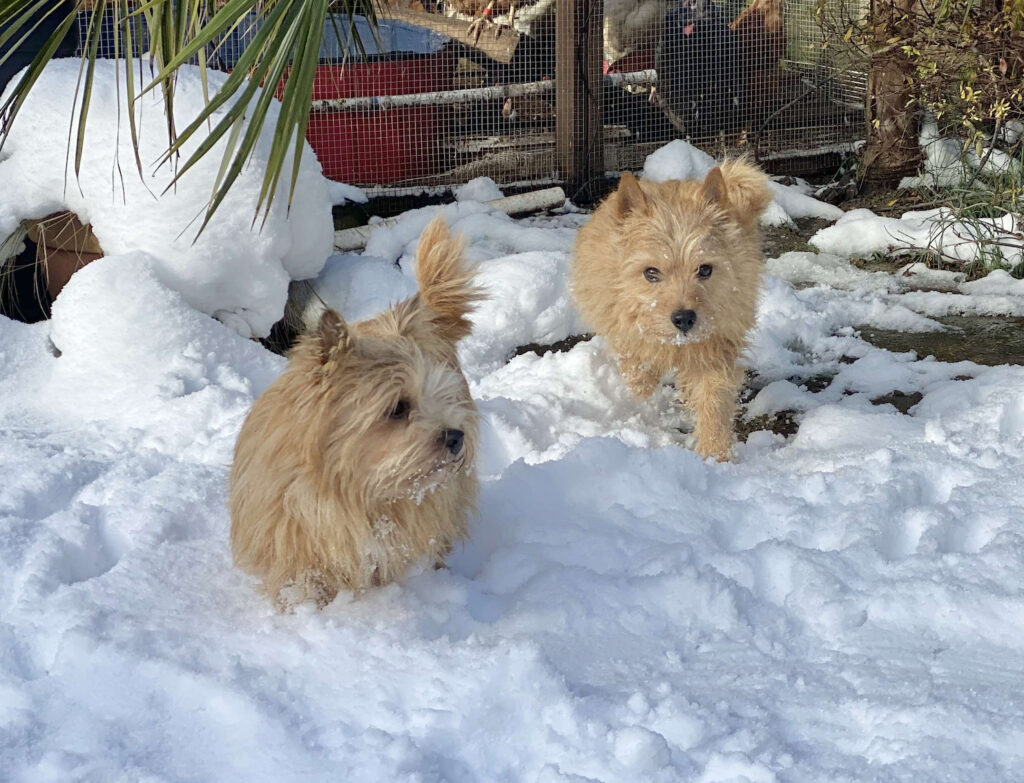
Winter Dog Walks can be wonderful with less people about overall, more places open to dogs such as beaches and when we add in snow we can have some great photos and scenery too!
Today we are looking at ways to help your dog walks in winter be safe and enjoyable, focusing mostly on snow and ice on your walks.
- If you walk your dog on roads that are gritted wipe or wash paws after each walk
When the road are gritted a lot of the grit is thrown up onto the paths and when we take our dogs on a road walk or use the pavement to get to a field walk our dogs will potentially tread on the grit.
Grit is made up of mostly rock salt, which is Sodium Chloride. Walking on this isn’t usually a big issue for most dogs although can cause irritation to the feet with longer walks and the salt being on the paws longer. However once home a high percentage of dogs lick their paws as part of their grooming process, or while holding a chew or toy they are chewing and will lick their paws during this.
While licking paws that have got rock salt on it will be ingested and sodium chloride can cause various symptoms with dogs and other pets.
Symptoms can include:
sickness
lethargy
convulsions
excessive thirst
even kidney damage if untreated.
Wiping paws or washing the feet after a walk where you suspect grit has been used is the most useful way of reducing the risk of toxicity but the it can also introduce your dog to wearing boots during walks if your dog is using paths a lot.
- Be cautious of puddles on pavements or roads next to driveways as anti freeze spilt can flow into puddles and is toxic
Anti freeze is used a lot in winter and it can spill while being poured, it can drip down after windows have been cleaned, it can be on bottles thrown in bins and it’s very easy for it to get into puddles on the road and pavements. Anti freeze contains ethylene glycol plus the mixture of ingredients can be attractive to animals which encourages them to taste it.
Antifreeze with ethylene glycol is the most toxic to dogs and can cause symptoms like ataxia (appearing drink or wobbly), drooling or vomiting and affects the kidneys so can appear to not be causing a big problem but after a few days you can see symptoms of kidney problems like tiredness, sickness or not eating and as the kidneys shut down you would see your dog becoming more unwell. Without early treatment dogs can die from ingesting this type of antifreeze.
Antifreeze with different ingredients like methanol or propylene glycol can still cause your dog to be unwell but generally symptoms aren’t as severe or life threatening.
So in winter don’t let your dog drink from puddles near roads, driveways or in car parks and try to prevent them walking through those puddles as if they lick their paws later they can ingest enough to make them unwell.
- Colder weather and terrain changes can cause paw pads to split and be sore.
Ground surfaces being colder can affect dogs’ paw pads and cause them to crack or split as well as have multiple pits on the surface. This can be uncomfortable for dogs but can be prevented by using paw balm before a walk to protect them and also when at home to help the pads soften up to reduce further splitting.
When pads split this can also cause additional issues with deeper injury or infection occurring.
If your dog does have a lot of problems with the paw pads in winter you could look at boots for them but these need to be introduced slowly at home before being used to prevent your dog feeling stressed or trying to walk with them and hurting themselves (they look like Bambi on ice!). If your dog needs to go on lots of walks on harder surfaces such as to get to daycare or as an assistance dog then boots may be a better solution then paw balm and cleaning paws.
- Watch your dog doesn’t drink from frozen puddles – tongues can become stuck and injured!!
It’s true – just like we see in comedy shows! If dogs try to lick a puddle that has iced over they are very likely to get their tongue stuck and then if they panic and pull away they can loose the surface layer of their tongue or even a few layers and then have open wounds on their tongue.
The same would apply when it’s freezing and there are metal items. If a dog tries to lick something metal that is frozen their tongue will stick to it. Try to avoid your dog reaching areas they might try to lick when it’s freezing on walks and at home.
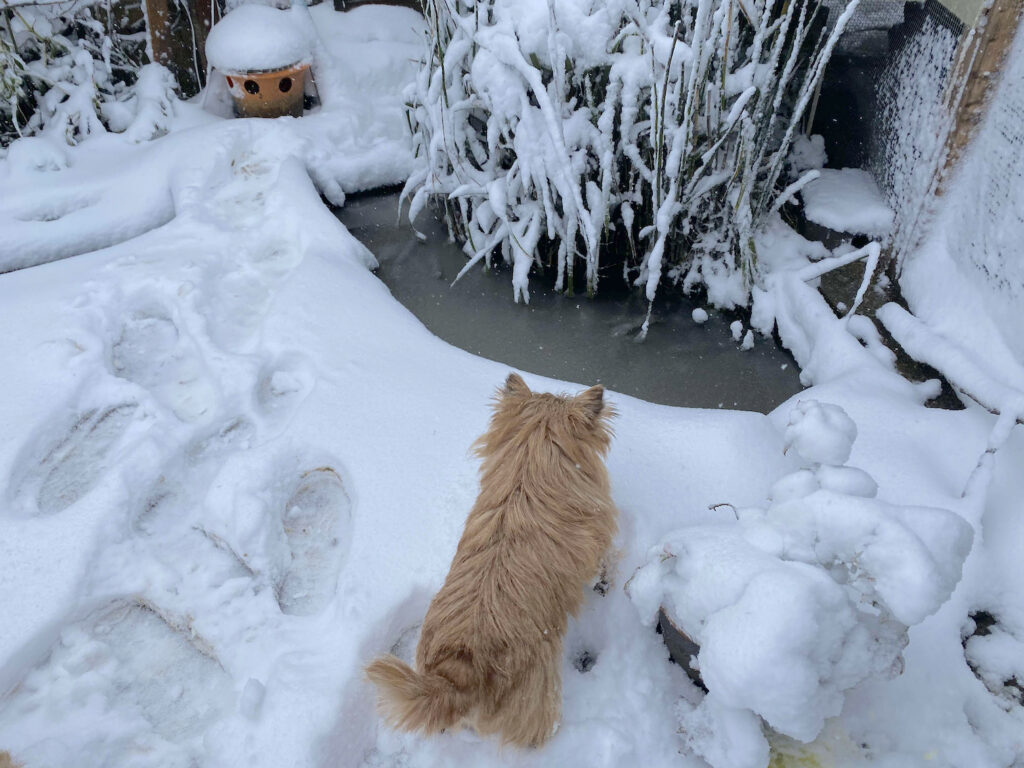
- Slippery Surfaces for Dogs
When walking your dog on very cold days you may find they are trying to walk on surfaces with patches of ice or frost. Slippery or unusual surfaces can cause dogs to be tense which changes their gait and how they move, which in turn can cause them to pull a muscle, overstretch a ligament, land funny or overwork joints and then will be sore later that day or the next day. It can also cause them anxiety to walk on a slippery surface so they won’t walk and put the brakes on. If you find your dog has gotten to the middle of a frozen area and is now stuck in one place e you can try speaking to your dog in an upbeat and encourage way and hold the lead loose so they can move when they are ready rather than tightening the lead! A tight lead will more often then not cause a dog to pull the other way / pull against it.
If they really are not sure you may need to lift them, or help them retreat the way they had come and then just take a different walking route if possible.
Even if your dog is happy to walk on ice or frost still be aware of what they are doing and try to restrict their running, playing or chasing a ball on this type of surface as when moving on a slippery surface dogs need to engage muscles differently and can easily injure themselves.
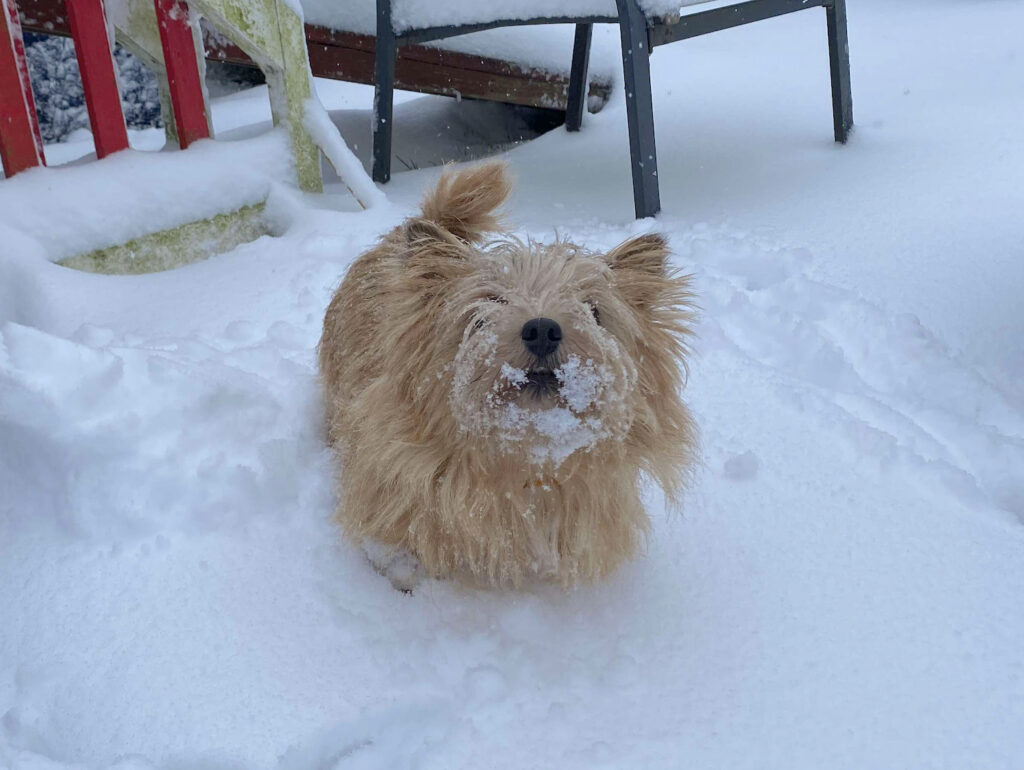
- Snow on the ground can be great for dogs or not!
Now, some dogs love snow settled on the ground and want to play in it, bound through it, try to eat it or catch it while it falls! It can be a lot of healthy fun for dogs but it’s worth just keeping things safe too. Keep an eye on your dog’s leg fur / belly fur / beards as clumps of snow can be painful! A little snow attached to long fur can quickly become larger ‘snow balls’ which pull on the fur and can also prevent a dog walking properly too. You may need to squash the snow balls off of the fur or scrap some snow away during a walk to help your dog. Some dogs won’t notice but others may stand still and look unsure.
Having the snow on fur for longer periods of time can also cause dogs to be colder which has the potential to lead to hypothermia; being cold and wet lowers their body temperature which leads to muscles tightening and movements becoming difficult including walking plus shivering. The next stages include erratic breathing, collapsing and can be fatal. Dogs don’t need to be in snow to become hypothermic but being in snow for a long time especially smaller dogs, puppies or senior dogs can dramatically increase the chances of hypothermia.
Also trim the paw fur between the pads and around the paw to minimise how much ice or snow collects on paws during walks or in the garden; not only can it be uncomfortable for dogs to have snow or ice formed on paws but it can also lead to nasty irritations and skin reactions.
Keeping your dog warm and dry will help prevent problems in the snow. A good fitting dog coat or sweater will help as long as the material isn’t soaking wet as this would keep your dog wet! Drying your dog off after a walk can also help, as can shorter walks (but more of them perhaps?) and taking your dogs to places without deep snow drifts.
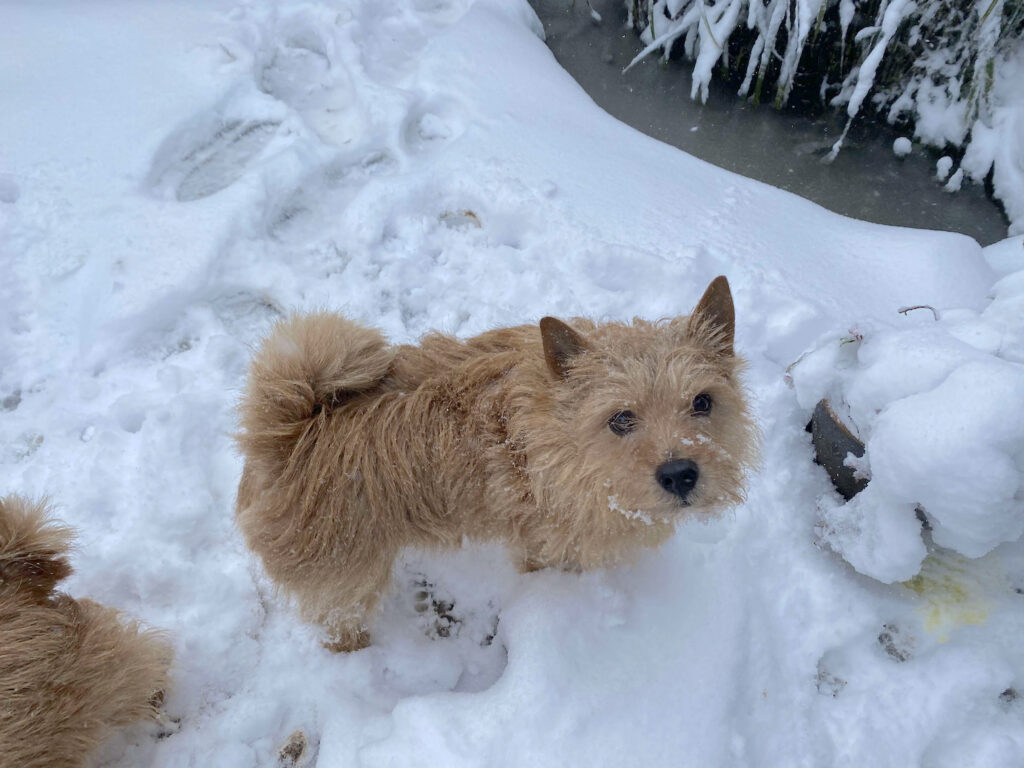
- Some dogs aren’t keen on snow!
If your dog doesn’t like the snow then there are many other options and ways to help them. Shorter dogs will get colder quicker so more smaller dogs can dislike heavy snow although not all – some love it! Dogs with longer coats will have snow gripping their fur so can get soaked faster but dogs with short or no fur will become colder very quickly too! For some dogs the wet or cold isn’t pleasant and they won’t want to be on the snow so they won’t enjoy walks or going into the garden.
Consider if they will actually want to go on a walk and what the walk would be for; can you spend time with them at home instead while there is snow? Play some games with toys, teach them some tricks, set up a fun obstacle course. Exercise can be replaced at home, scenting can be recreated with Scentwork or Snufflemats, and toiletting can be done in the garden – try the front garden or driveway if they don’t toilet in the main garden!
Deep snow can be harder work for older dogs as well as for dogs who have mobility or joint issues. Young puppies can also find heavy snow very difficult. Clear an area in the garden near the door so your dog can get outside to toilet still. If I know there is snow forecast I actually put a couple of large picnic blankets down on the ground near the back door, the type with waterproof backing. The next morning when it has snowed I just lifted the blankets to one side and had instant areas of no snow so my dogs could get outside and toilet without having to wait for me to clear it!
Settled snow can hold scent better which means for some dogs the scent can be overwhelming when they go out for a walk and be uncomfortable for them. If they don’t want to go a certain route this may be the cause rather than just walking on snow. It can also make things more exciting for dogs who love investigating scent so walks can be more difficult for us owners!
- Be careful with snow drifts
Dogs can love jumping in but there may be sharp items buried. Snow drifts in the UK might only be a foot or two deep but if we don’t know exactly what is under the snow there is the potentially for dogs to jump further down then we expect, to land on something sharp, to land on an edge then fall further down and more. Likewise piles of snow from where people have cleared paths other cars may have been put on top of items that can cause injury to dogs.
If your dog does like to play in snow and jump into deeper snow piles you could create some in your garden so you know there is nothing underneath.
- Snow can be exciting!
Some dogs become highly excited by snow so be aware of surroundings in case of unplanned zoomies! If you are working on your dog’s recall or focus on walks currently then snow falls it might be advisable to pop your dog on a long line for a snow walk, use an enclosed or secure field or keep your dog on lead and play some games at home in the garden to avoid zoomies turning into dogs becoming lost!
Most importantly of course is to enjoy winter time with your dog! If they are happy in the snow you can gain some fantastic photos of them enjoying themselves! In fact we would love to see them – pop them in our Dog Training for Essex & Suffolk Facebook Group or send via What’s App!
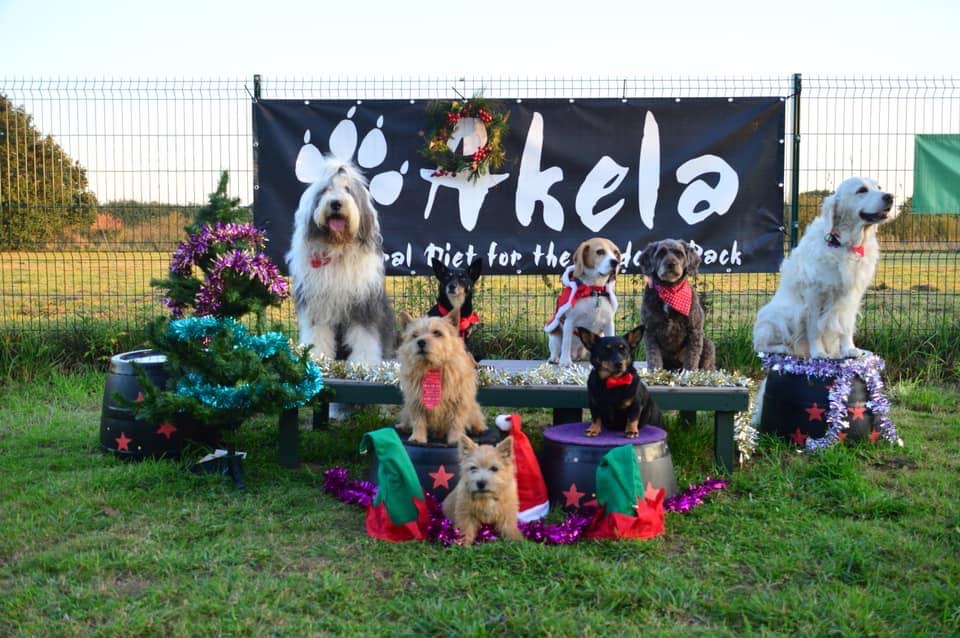
We hope you have found this interesting – we welcome feedback on our blogs and answer questions. You can share this blog to your Facebook page if you would like to help your friends’ dogs also have safer winter walkies.
https://www.facebook.com/dogtrainingforessexandsuffolk
Our Facebook Group can be found here: https://www.facebook.com/groups/1072462602805276/
